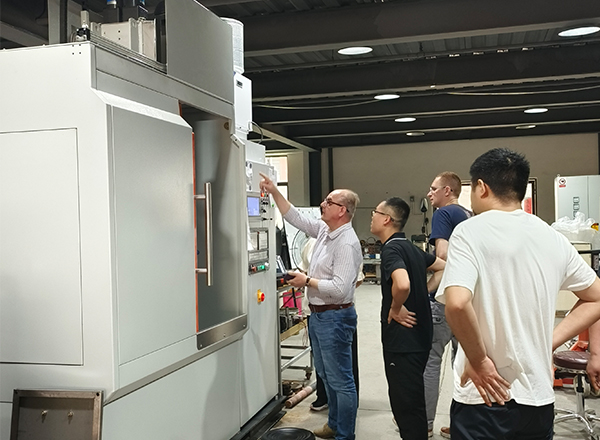
The chain is the main part of the power transmission of the bicycle. During work, the chain will not only be affected by abrasive wear and impact caused by pedal power and road bumps, but also be affected by stretching, biting and rolling friction. Therefore, the chain needs to have high surface hardness, wear resistance and toughness, as well as certain tensile strength and plastic deformation resistance. According to the working performance and technical requirements of the chain, it is made of low-carbon steel or low-carbon alloy steel, and it is quenched and tempered by a high-frequency heating machine, so that the chain can obtain the required hardness and toughness, and the surface has a good surface. Excellent corrosion resistance and friction, prolonging its service life and improving the fatigue strength of the chain.
During the heat treatment process of the chain, we must strictly implement the heat treatment process requirements, control the environment, temperature and accuracy of the chain heating, and avoid the heating temperature being too high or too low, and the time too long or too short, resulting in insufficient carburized layer depth. suitable. Strictly control the carbon potential and process temperature. If the temperature of the high-frequency heating machine is too high, it will cause carbon compounds to be generated inside the chain. Before quenching, it is necessary to reasonably cool the chain in the air for a short period of time, so as to prevent the interval time after quenching from being too long, so that the internal structure of the chain will appear reticulated. It is necessary to strengthen the surface cleanliness of parts and clean them in time. Modify the equipment to ensure that the workpiece can be heated evenly. To adjust the induction coil, the distance between the induction coil and the chain should be reasonably arranged. Strengthen the inspection and management of raw materials, and take correct preheating and precooling measures. Carry out graded quenching of the chain, choose the correct cooling medium, reasonably control the graded temperature, test the cooling capacity, and avoid low or uneven hardness caused by too long cooling time.




 en
en  cn
cn  jp
jp  ko
ko  de
de  es
es  it
it  ru
ru  pt
pt  vi
vi  th
th  pl
pl 



















